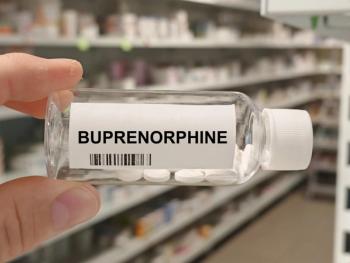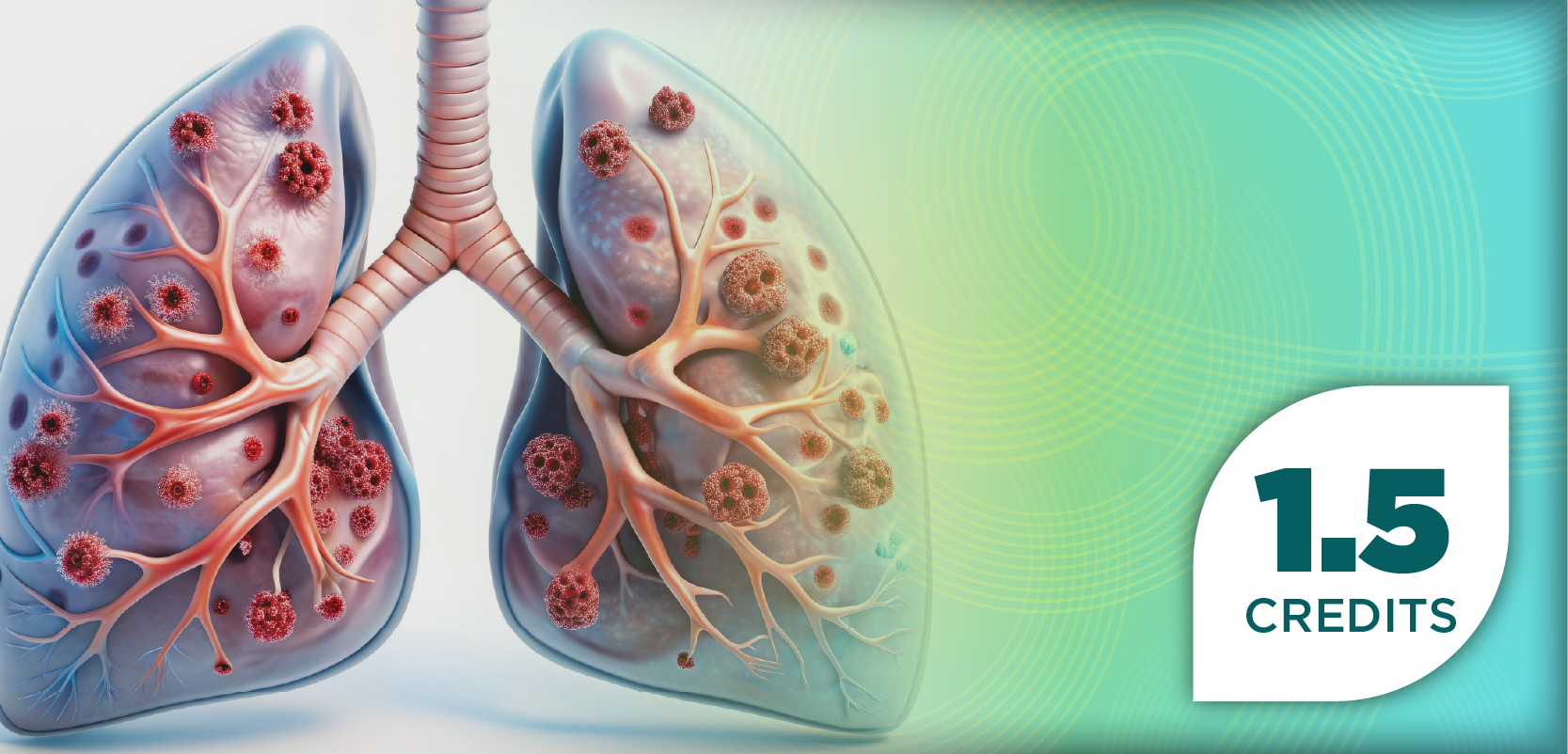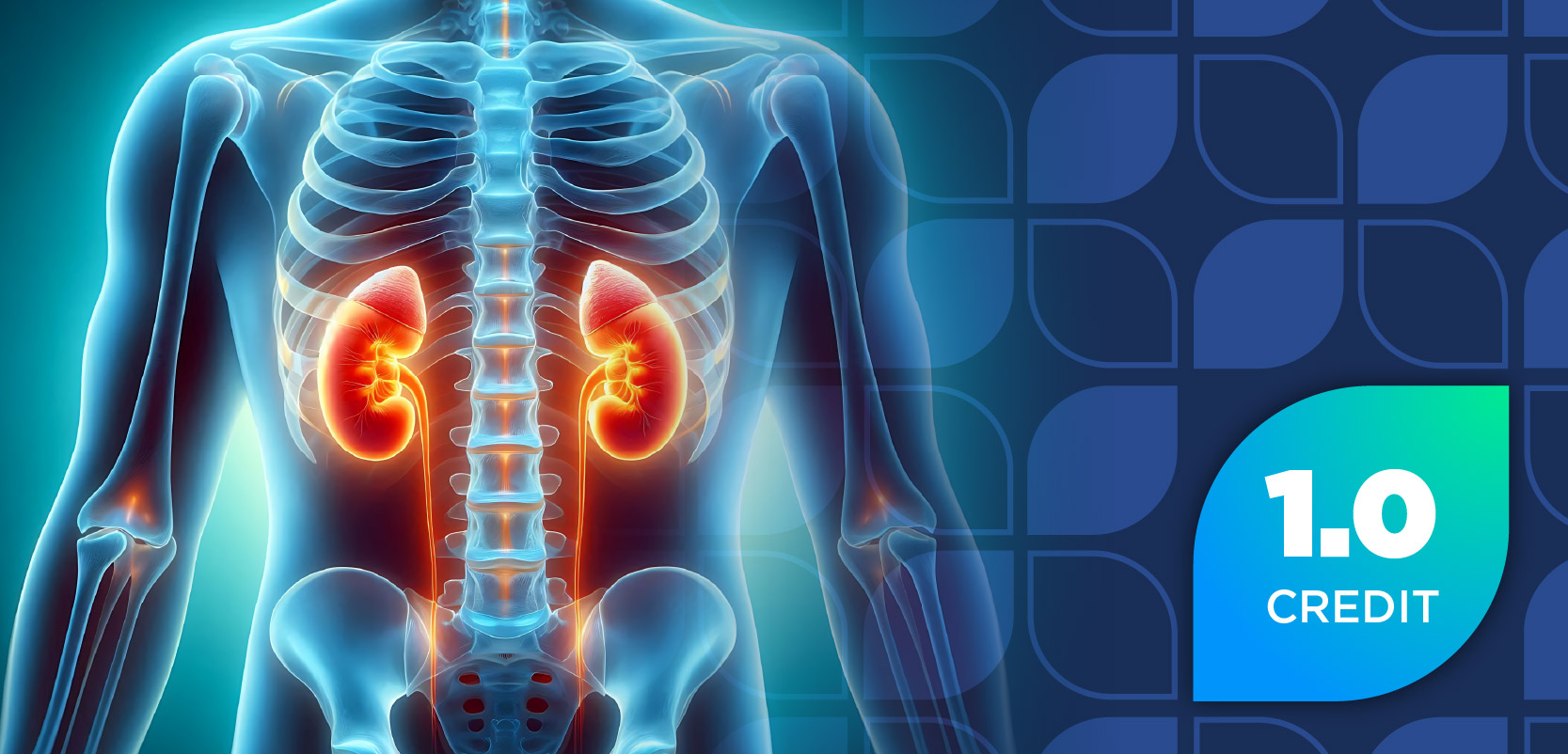
Oveporexton Demonstrates Statistically Significant, Clinically Meaningful Improvements in Patients With NT1
Key Takeaways
- Oveporexton showed significant improvements in narcolepsy type 1 symptoms, meeting all end points in 2 phase 3 trials across 19 countries.
- The drug was well-tolerated, with insomnia and urinary issues as the most common adverse events, and no serious treatment-related events reported.
In 2 clinical trials, oveporexton shows promise in treating narcolepsy type 1 (NT1), paving the way for potential FDA approval.
When treating patients with narcolepsy type 1 (NT1), oveporexton (TAK-861; Takeda Pharmaceuticals) demonstrated statistically significant and clinically meaningful improvements across multiple symptoms at week 12 of 2 pivotal phase 3 trials, FirstLight (NCT06470828) and RadiantLight (NCT06505031). Additionally, all primary and secondary end points of the trials were met, according to a news release from Takeda Pharmaceuticals.1
Conducted across 19 countries, the FirstLight trial included 168 participants randomly assigned across 3 arms (high dose, low dose, and placebo), whereas RadiantLight enrolled 105 patients in 2 arms (high dose and placebo).2 Improvements were observed not only in objective measures of wakefulness, but also in patient-reported scales, the Epworth Sleepiness Scale, and weekly cataplexy rate, as well as attention, quality of life, and daily functioning.3
Oveporexton was observed to be well-tolerated, with a safety profile consistent with prior phase 2b data. The most commonly reported adverse events were insomnia, urinary urgency, and frequency. No serious treatment-related events were reported. Impressively, over 95% of trial completers entered the ongoing long-term extension study, reflecting tolerability and sustained interest among participants.1-4
This represents the first phase 3 validation of a selective orexin-2 receptor agonist, marking a major milestone in addressing the underlying orexin deficiency that characterizes narcolepsy type 1.5 Analysts emphasize that oveporexton’s ability to mimic the body’s natural orexin cycle underlies both its clinical efficacy and the potential for significantly improved long-term outcomes.6
A new drug application (NDA) with the FDA and global regulators is expected to be filed by March 2026, according to the manufacturers. This therapy has the potential to shift the standard of care and, importantly, drive increased diagnosis rates in this currently underdiagnosed population.1
Oveporexton is Takeda’s lead orexin-agonist program and has breakthrough therapy designation from both the FDA and China’s NMPA for reducing excessive daytime sleepiness in narcolepsy type 1. The company is simultaneously advancing additional orexin receptor agonists such as oral TAK-360 for narcolepsy type 2 and idiopathic hypersomnia, highlighting a broader strategic investment in orexin biology.1
The Path Forward: Approval and Beyond
Providing clinical guidance to neurologists, sleep specialists, primary care providers, and pharmacists on dosing regimens tailored to the body’s natural orexin cycle will be necessary when treating patients with oveporexton.4 To reach the estimated 50,000 to 100,000 US individuals who are undiagnosed with NT1, awareness campaigns and new diagnostic tools are under development.4 Following the launch, the manufacturer plans to implement comprehensive real-world evidence and postmarketing safety surveillance programs that will assess long-term efficacy, tolerability, and quality-of-life outcomes.5 Prospective registries and partnerships with academic sleep centers will support monitoring of clinical end points and patient-reported experiences.6, As this marks the introduction of a novel orexin receptor agonist class, there is a possibility of initiating phase 4 studies or a REMS program to satisfy regulatory requirements and clarify long-term safety.5,6
Beyond NT1, orexin agonists are continuing to advance. TAK-360, a dual orexin receptor agonist, is currently in phase 2 trials for narcolepsy type 2 and idiopathic hypersomnia, potentially expanding the reach of the orexin franchise once oveporexton is approved. There are also extension trials exploring other sleep disorders and neurodegenerative conditions related to orexin dysfunction.1
Oveporexton has the potential to grow through expanded indications and improved diagnostic rates. The drug’s favorable attributes, first-in-class mechanism, oral delivery, and strong efficacy data position it to either complement or potentially substitute existing therapies, such as sodium oxybate (Xyrem; Jazz Pharmaceuticals) or pitolisant (Wakix; Harmony Biosciences, Inc).4,5 Ultimately, success will depend on securing FDA approval in a timely manner, gaining payer support, and effectively executing strategies to raise NT1 diagnosis and treatment rates.
REFERENCES
- Takeda Announces Positive Results from Two Pivotal Phase 3 Studies of Oveporexton (TAK-861) in Narcolepsy Type 1. Takeda.com. Published July 14, 2025.
https://www.takeda.com/newsroom/newsreleases/2025/positive-results-phase-3-oveporexton-narcolepsy-type-1/ - Waldron J. Takeda’s narcolepsy blockbuster hopeful secures double phase 3 wins, teeing up FDA filing. Fierce Biotech. Published July 14, 2025. Accessed July 18, 2025.
https://www.fiercebiotech.com/biotech/takedas-narcolepsy-blockbuster-hopeful-secures-double-phase-3-wins-teeing-fda-filing - Albert H. Targeted Narcolepsy Drug Shows Promising Results in Phase III. Inside Precision Medicine. Published July 14, 2025. Accessed July 18, 2025.
https://www.insideprecisionmedicine.com/topics/patient-care/targeted-narcolepsy-drug-shows-promising-results-in-phase-iii/ - Fox A. Takeda’s Oveporexton: Pioneering a New Era in Narcolepsy Treatment and Market Leadership. Ainvest. Published July 14, 2025. Accessed July 18, 2025.
https://www.ainvest.com/news/takeda-oveporexton-pioneering-era-narcolepsy-treatment-market-leadership-2507/ - Fidler B. Takeda to seek approval of new kind of narcolepsy drug after study data. BioPharma Dive. Published July 14, 2025. Accessed July 18, 2025.
https://www.biopharmadive.com/news/takeda-oveporexton-narcolepsy-phase-3-results-orexin/752902/ - Meglio M. Orexin-Targeting Agent TAK-861 Meets All End Points in Phase 3 FirstLight and RadiantLight Studies. NeurologyLive. Published July 14, 2025. Accessed July 18, 2025.
https://www.neurologylive.com/view/orexin-targeting-agent-tak-861-meets-all-end-points-phase-3-firstlight-radiantlight-studies
Newsletter
Stay informed on drug updates, treatment guidelines, and pharmacy practice trends—subscribe to Pharmacy Times for weekly clinical insights.


















































































































































































































